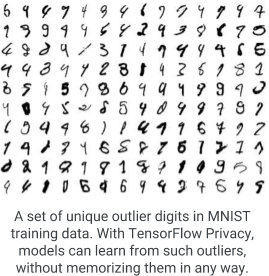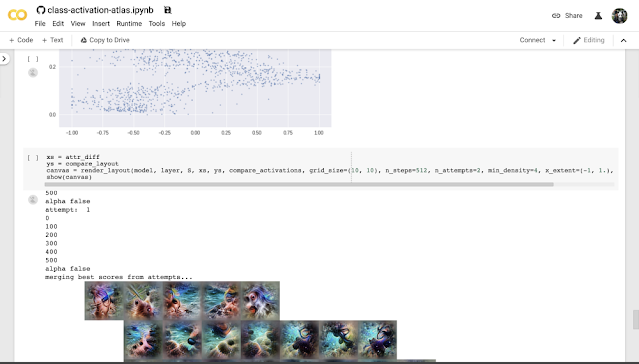Artificial intelligence (AI) - the ability of a digital computer.

Artificial intelligence Artificial intelligence (AI), the ability of a digital computer or computer-controlled robot to perform tasks typically related to an intelligent person. The term is often applied to projects of developing systems. The characteristics of intellectual processes are human characteristics, such as the ability to reason, invent, generalize, or learn from past experience. Since the development of the digital computer, it has been demonstrated that computers can be programmed to perform very complex tasks - for example, finding evidence for mathematical theorems or playing chess - with extreme efficiency. Yet, despite the steady advancement of computer processing speed and memory capacity, there are still no programs that match human flexibility in the tasks required for broad domains or more daily knowledge. On the other hand, some programs have achieved performance levels of human specialists and professionals to perform specific tasks, so that in this limited sense...


